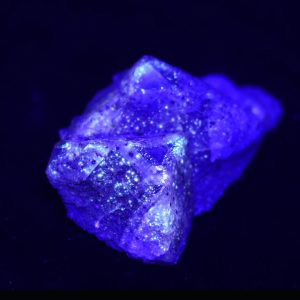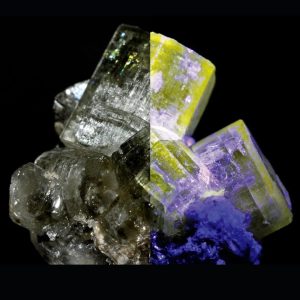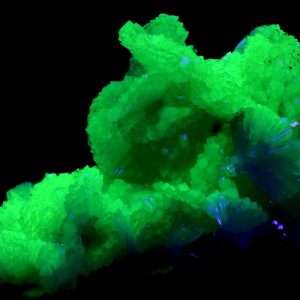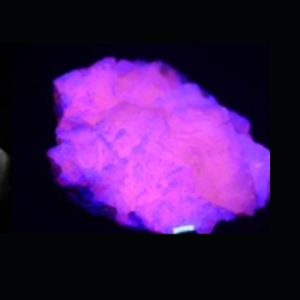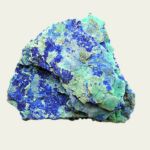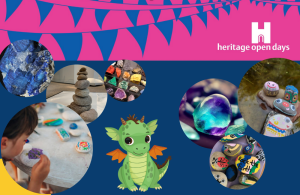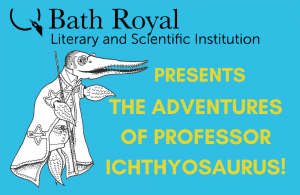How did the BRLSI gather all these minerals? Well, generous people who loved geology and minerals kindly donated their treasured specimens to the museum.
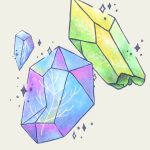
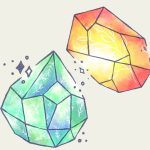
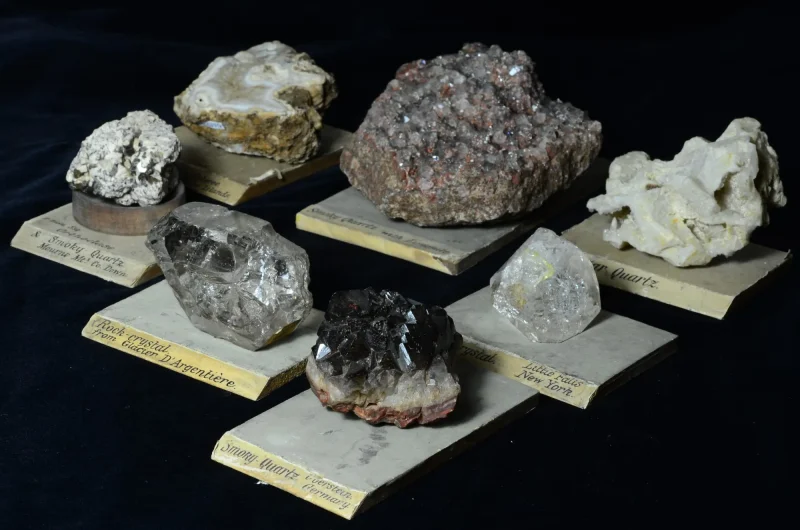
A mineral is a special type of natural substance found in the Earth. It’s made up of tiny particles called atoms and has a special structure and specific properties.
Most minerals are made up of two or more different elements combined together. But some minerals are made of just one element, and those are called ‘native elements’.
Minerals have an important role in our lives. Some can be melted to extract valuable metals, while others are used to make beautiful gemstones.
We even eat minerals in our food and drink them in our water. Plus, minerals are used to make things like smartphones and computers!
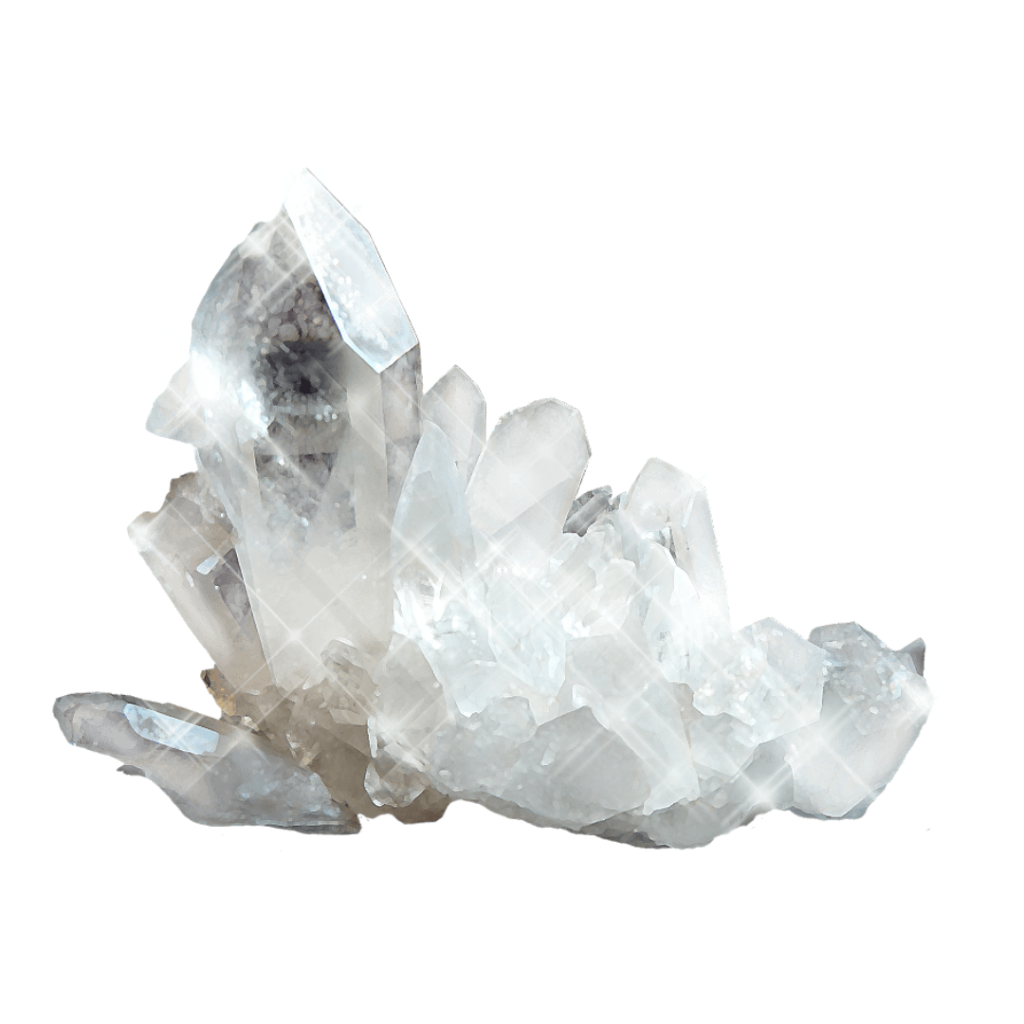
Quartz is a super tough and shiny crystal made up of something called silicon dioxide.
Quartz is formed when hot magma cools down, it forms quartz crystals, just like water turns into ice. Quartz is truly fascinating!
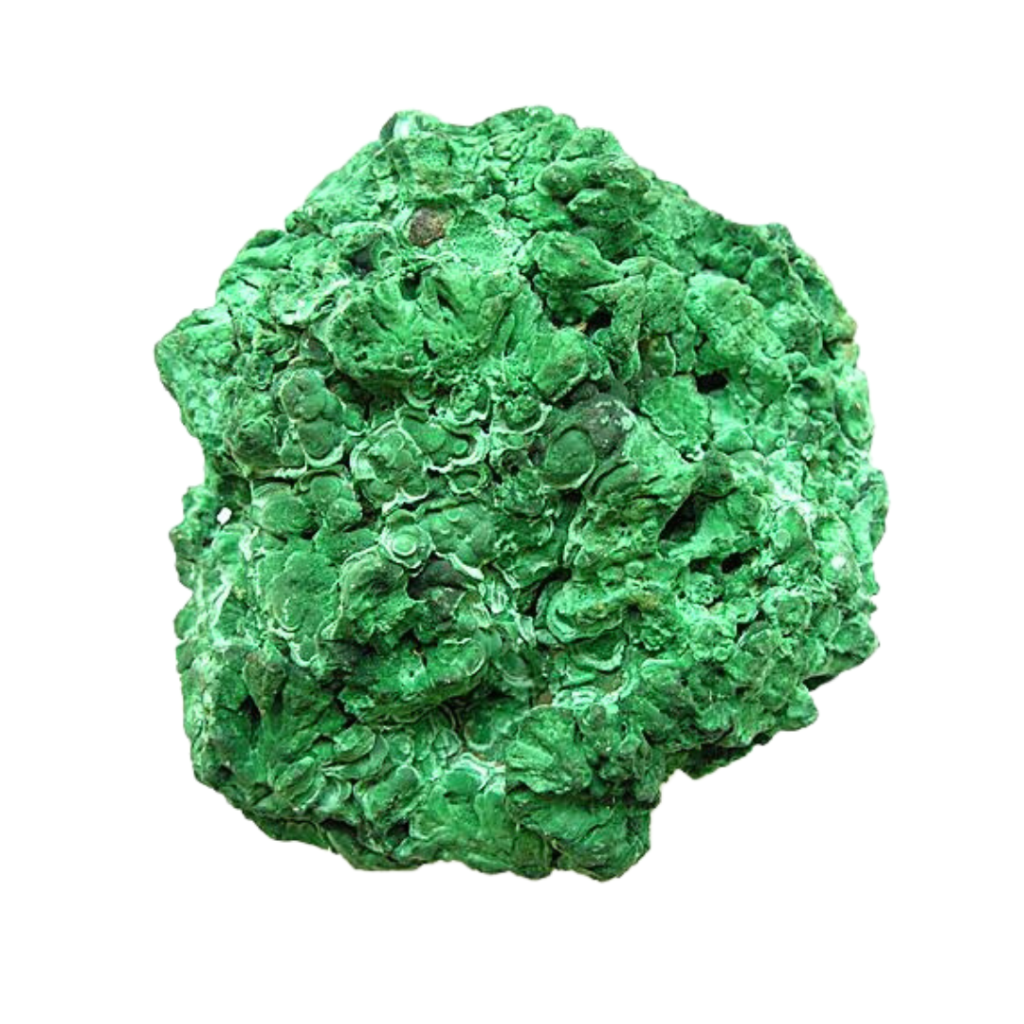
Malachite is a combination of copper, carbon, and oxygen.
Malachite has been treasured by people for many years. It has been used to make jewellery, ornaments, and even colourful pigments for painting.
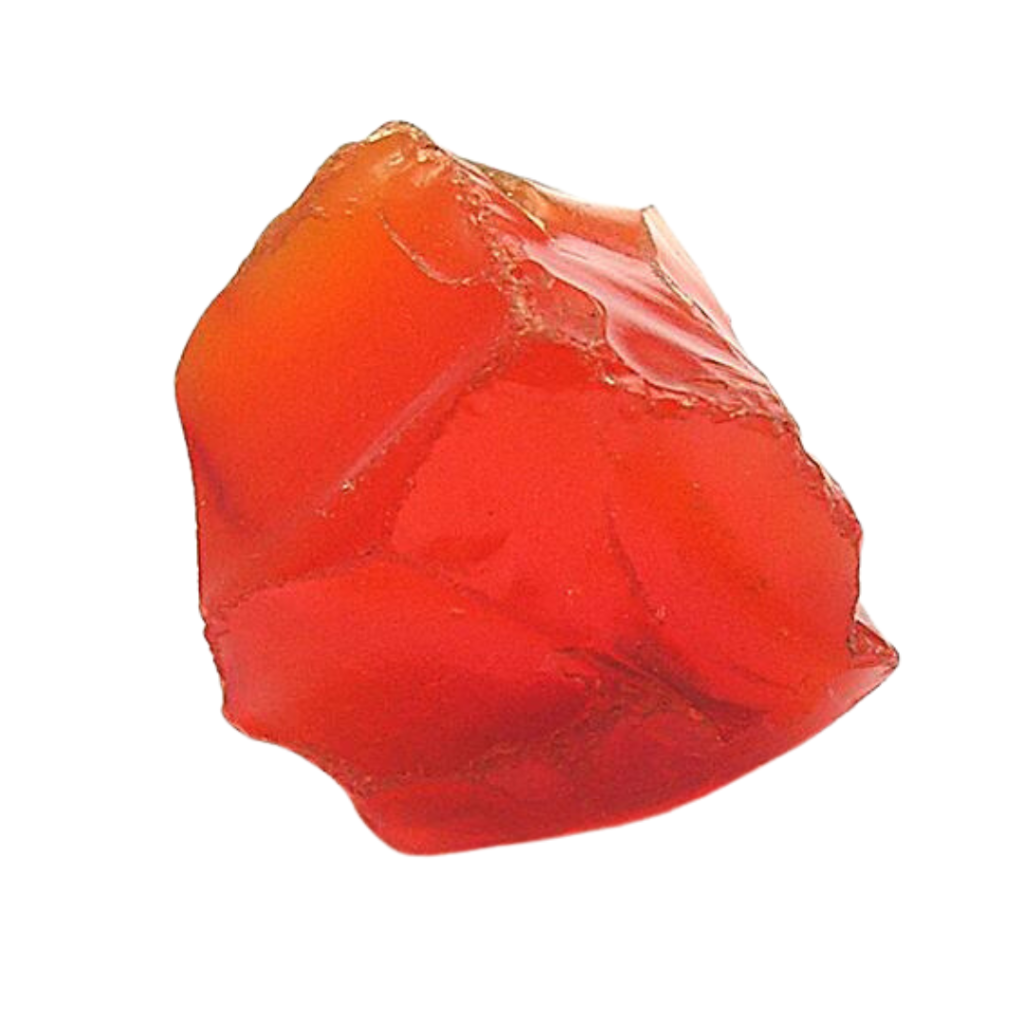
Carnelian gets its vibrant colour from traces of iron it contains.
Carnelian is formed deep within the Earth’s crust. It begins as sedimentary rocks (layers of rocks or lava) and can take millions of years transform into Carnelian.
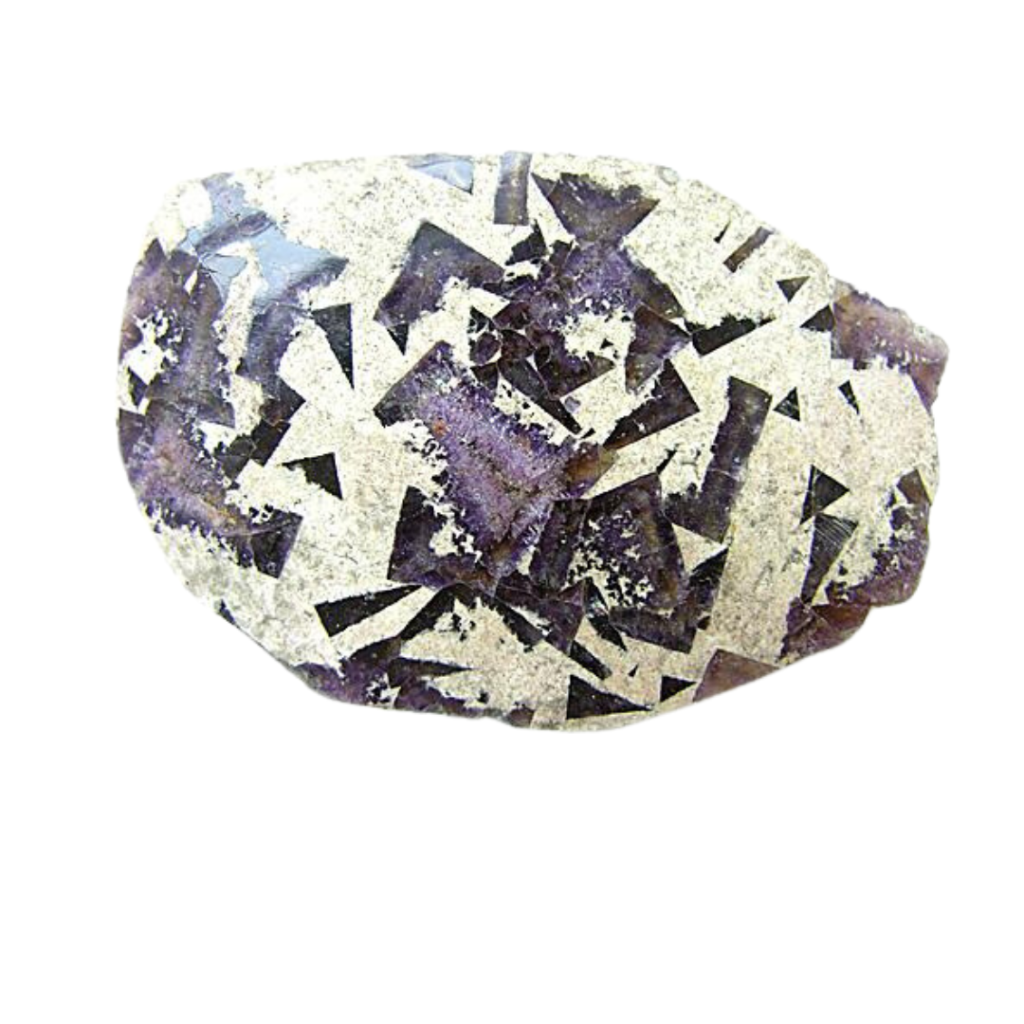
This is a piece of Fluorite that has been polished smooth to create this cool looking nugget.
Fluorite crystals formed when mineral rich hot water interacted with limestones, creating beautiful crystals along cracks and empty spaces in the rock.
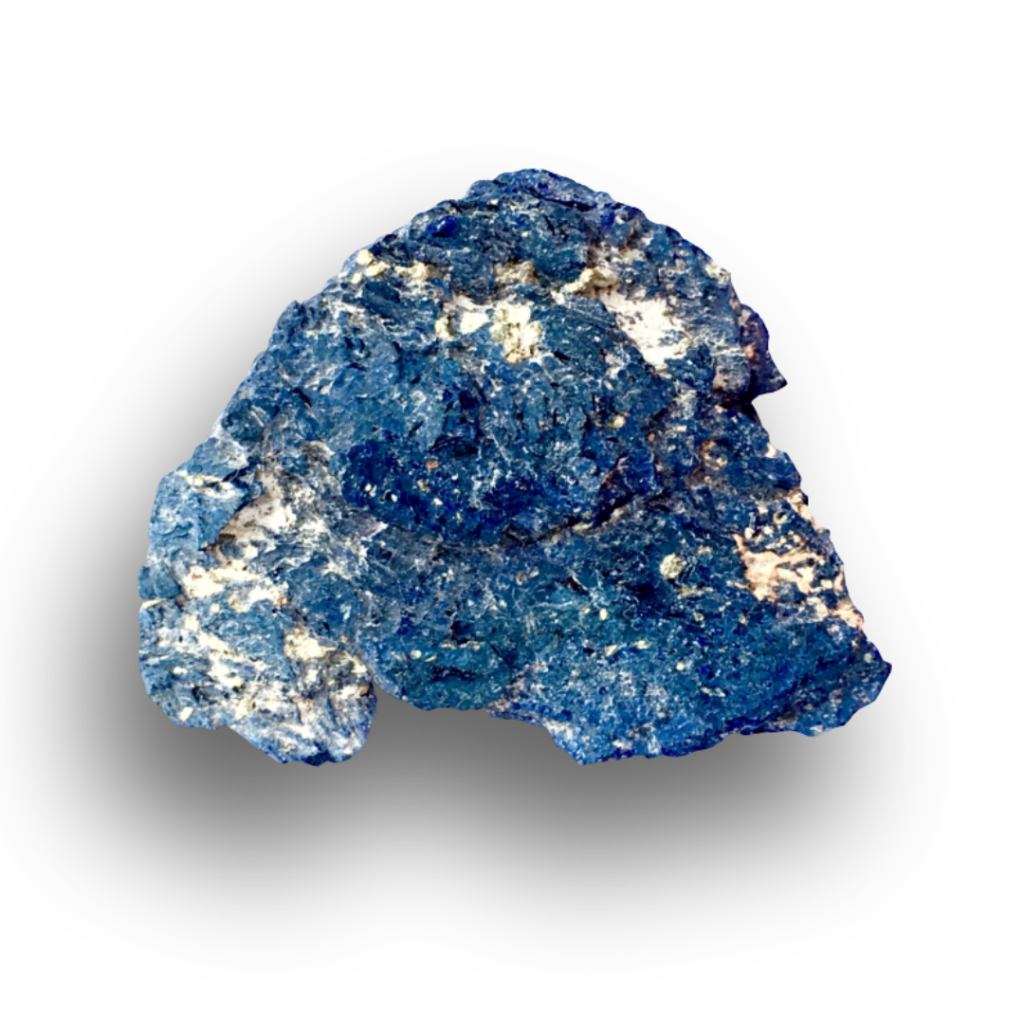
The deep blue colour and unique patterns of Azurite make it a sought-after gemstone and, like Malachite it was used by Medieval painters to make pigments for paint.
Azurite formed deep within the earth from copper-rich liquids, and carbon materials.
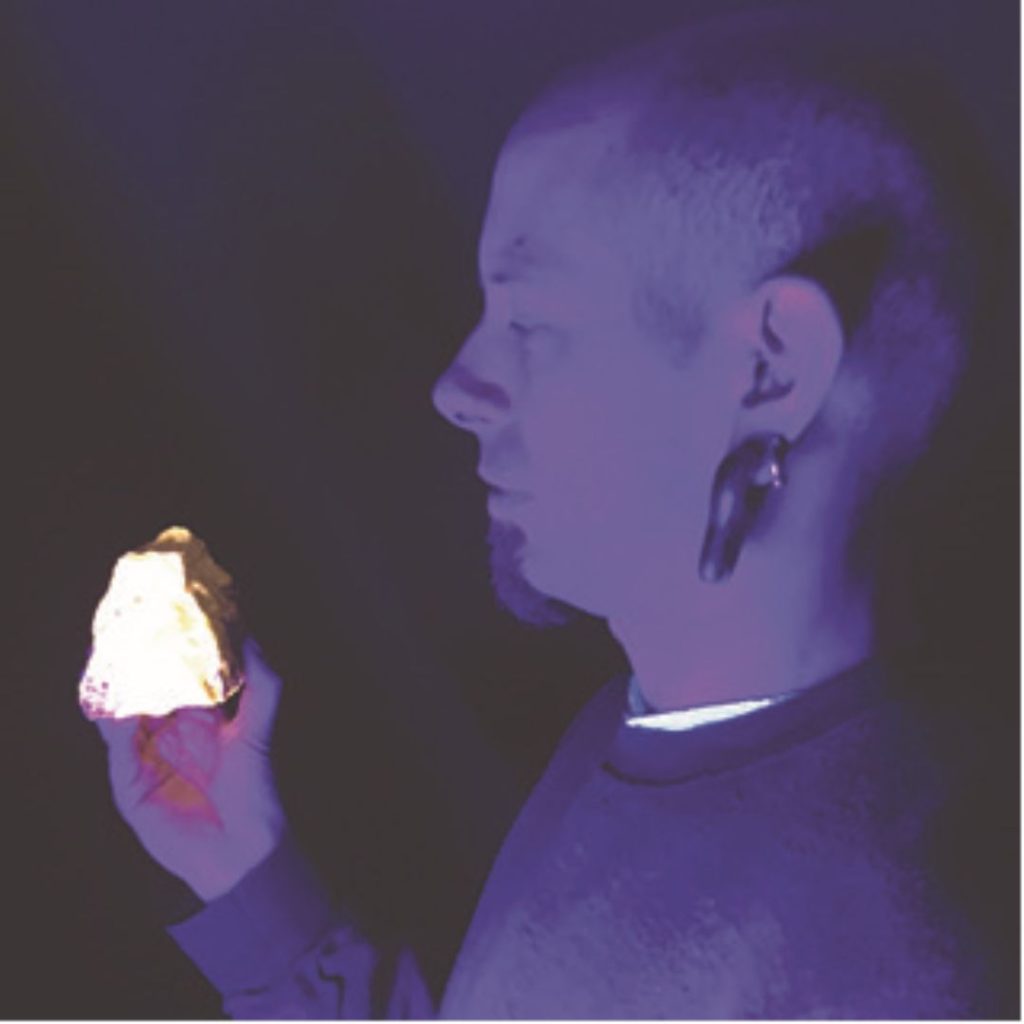
Let’s dive into the magical world of light and colour, where minerals create stunning displays of colour by playing with light.
Here are three minerals that have amazing microstructures within their crystals that interact with light. These minerals use their special structures to refract, or bend, light in a fantastic way.
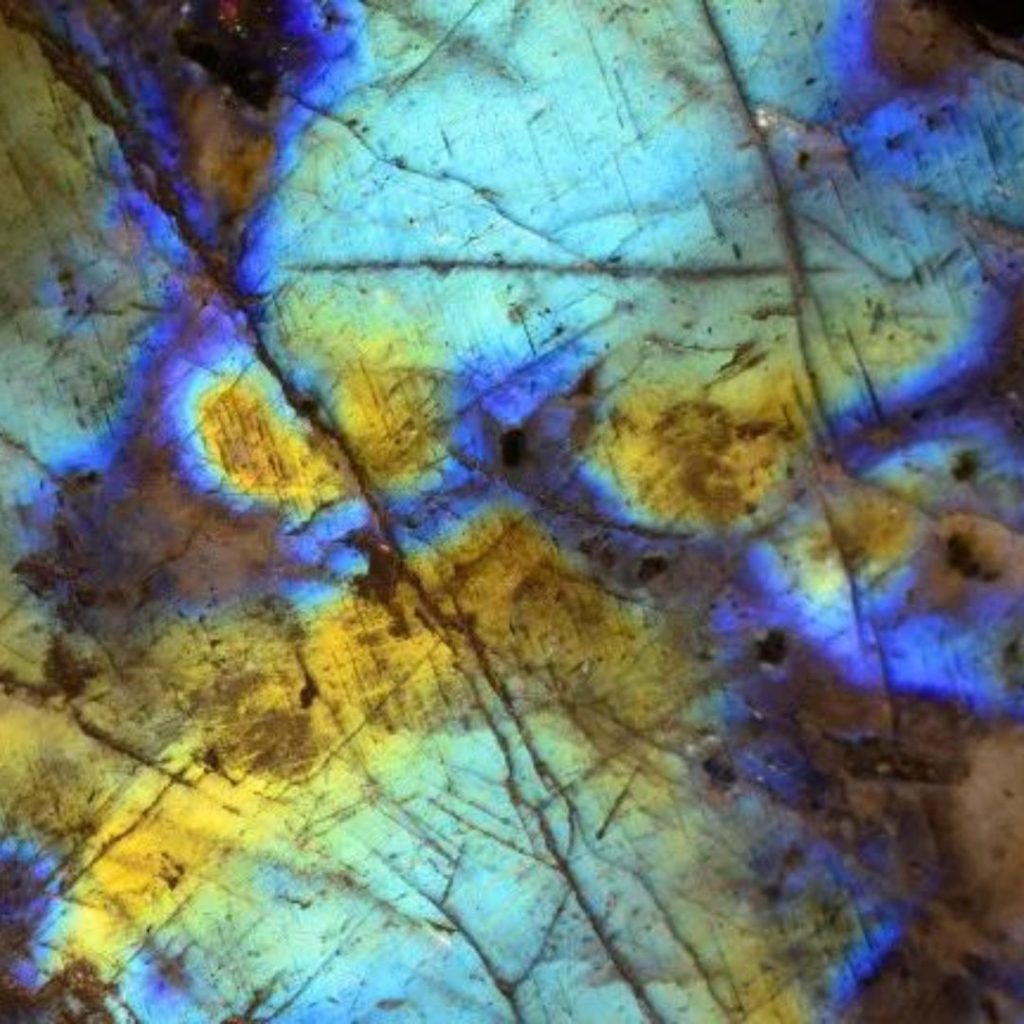
Labradorite has thin planes inside its structure that reflect light, creating a beautiful effect called “schiller.”
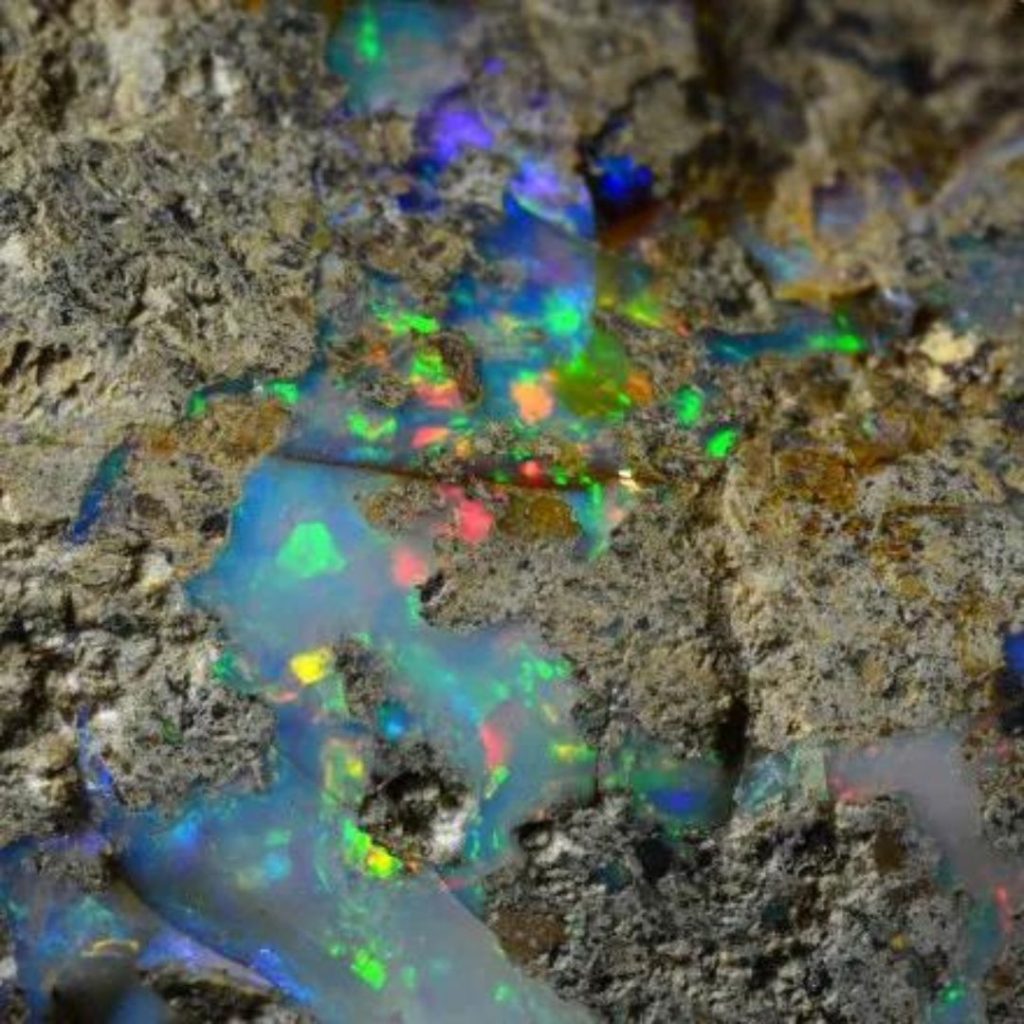
Opal structure consists of closely packed layers of tiny spheres filled with silica molecules. When light passes through these layers, it gets diffracted (bent) and interfered with, resulting in a dazzling array of colours.
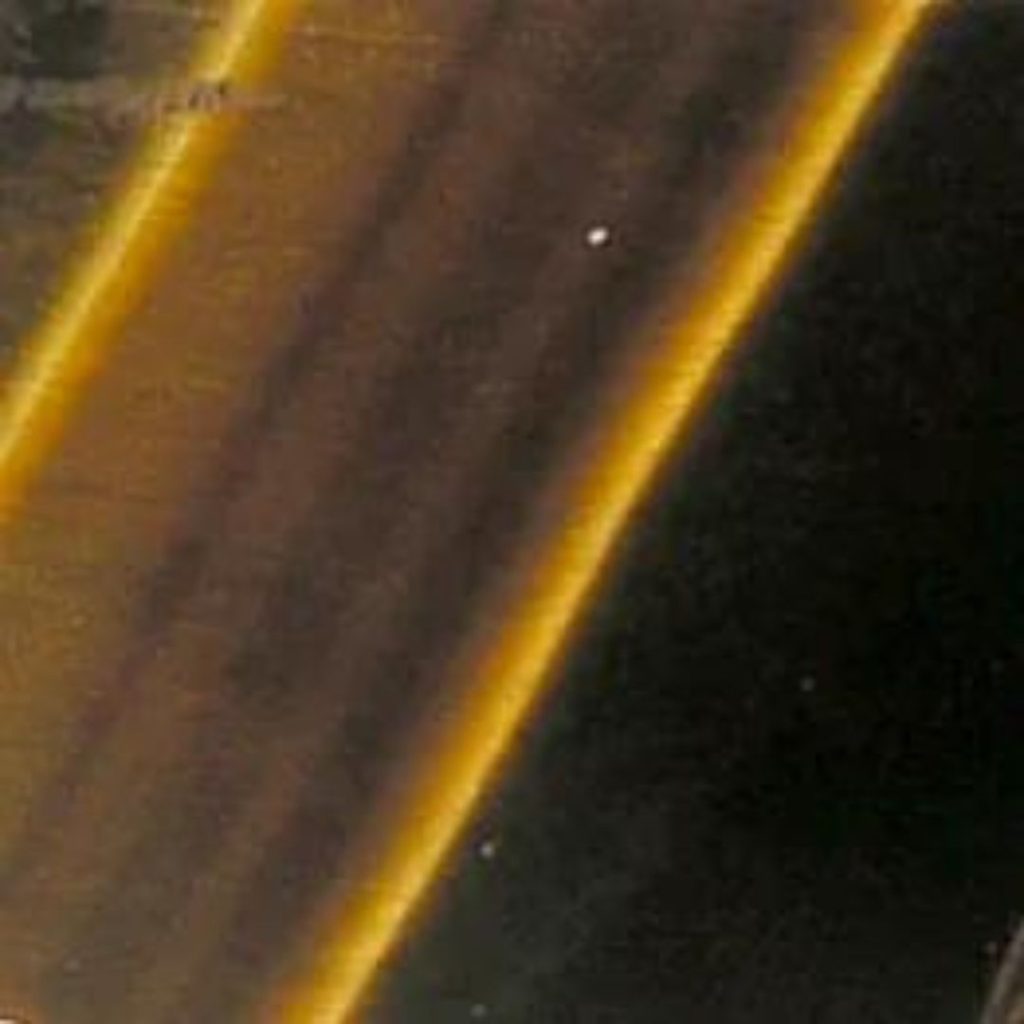
Tigers Eye is known for its captivating chatoyancy, or “cat’s eye” effect. It has growths of quartz and a special type of mineral called asbestos. Light reflects off these fibres at a right angle, giving the stone a mesmerising cat’s eye appearance.
In our exhibition ‘Riches of the Earth’ you can discover the incredible world of glowing minerals, and even see them fluoresce under ultraviolet light! When we shine this kind of light called ultraviolet (UV) light on certain minerals, something amazing happens. These minerals start to emit their own light in bright, vibrant colours. This fantastic property is called “fluorescence”.
When the UV light touches the mineral, it gives energy to tiny particles called electrons inside the mineral’s atoms. These excited electrons move away from the centre of their atoms for a little while before coming back.
When they return, they release bursts of visible light, just like fireworks lighting up the night sky!
This light is different from the light we see during the day, and it makes the mineral glow with beautiful colours for a short time. Isn’t that incredible? It’s like the mineral is putting on a magical light show!
If you look closely at the display of glowing minerals, you’ll notice that some minerals glow very brightly, some in just one colour, and others in multiple colours. Each mineral has its own unique way of shining under the UV light.
Fluorescent Facts:
Fluorite is one of the most popular fluorescent minerals.
COOL FACT: It can fluoresce in a wide range of colours including blue, purple, green and yellow when exposed to ultraviolet light.
Calcite is a common mineral found in many different environments.
COOL FACT: It can exhibit bright fluorescence under UV light in orange, pink or red.
Hyalite Opal is a type of opal that is almost transparent and colourless.
COOL FACT: It exhibits a stunning green fluorescence under UV light.
